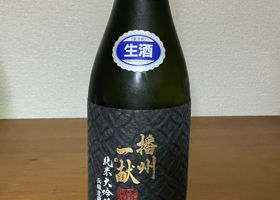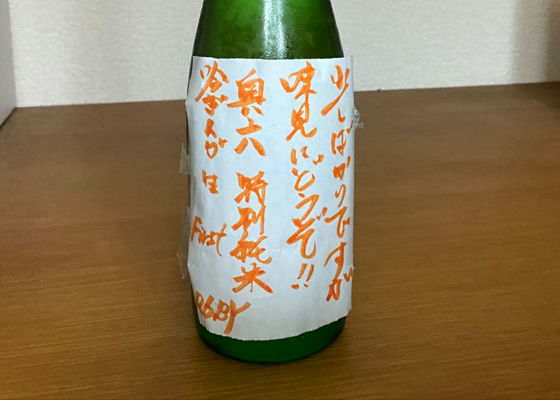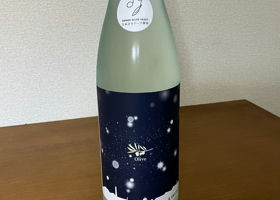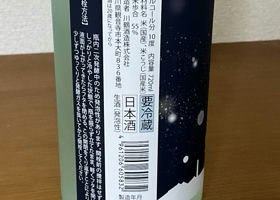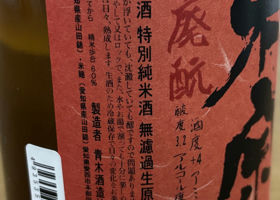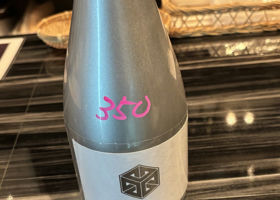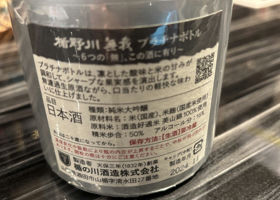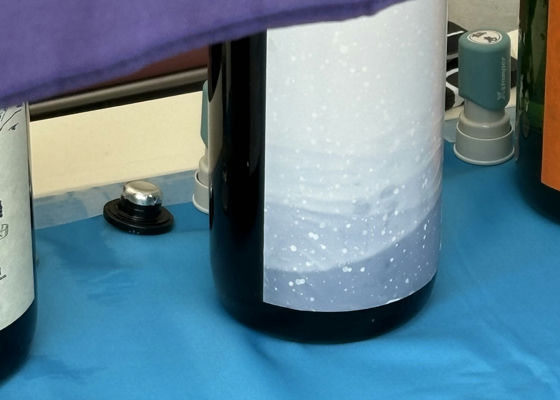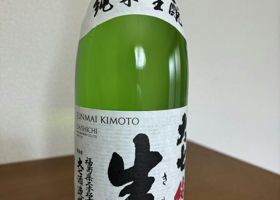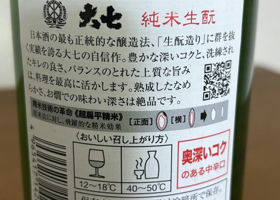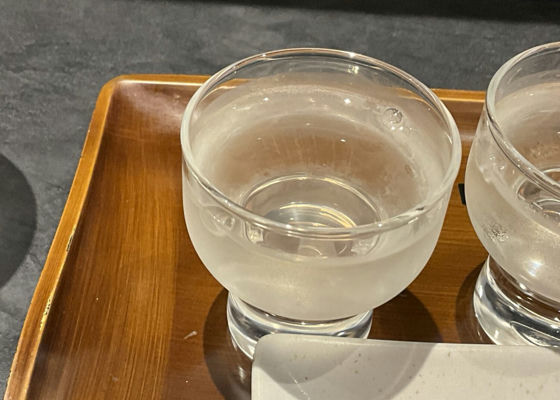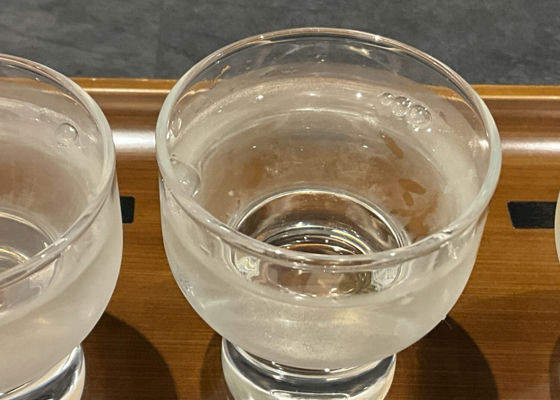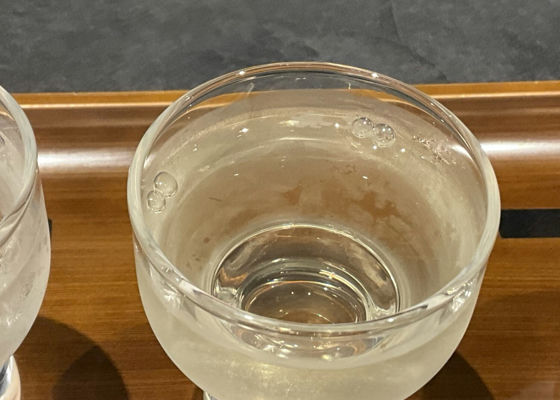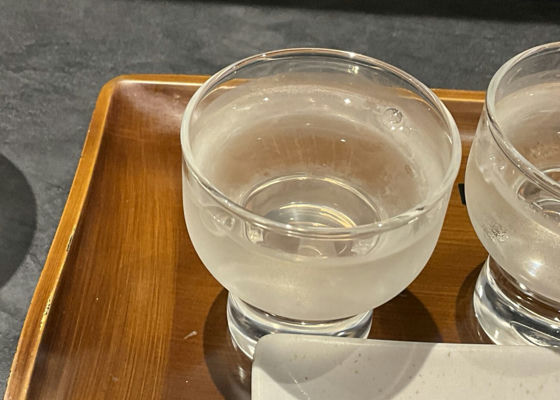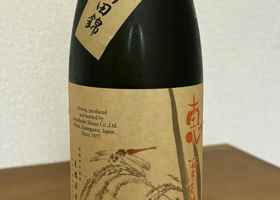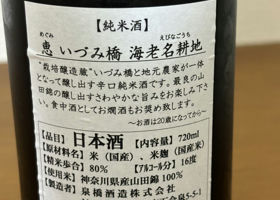Suginishiki特別純米 生酛仕込 2023BY
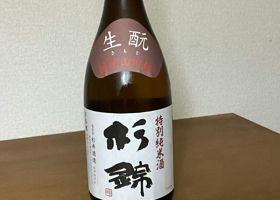

Kab
The first bottle opened in the new year is my favorite Sugi-Nishiki.
From room temperature. Slightly nutty aroma, nuttiness and minerality are a bit thin on the palate. The overall impression is also watery. The unique caramel-like sweetness does not appear, and the sourness slowly fades away.
It is left at room temperature for about two weeks to warm up. The flavor has opened up considerably. The acidity is quite noticeable. There is still a nutty minerality, and a hint of sweetness (not necessarily fruity) hidden by the acidity, but it is dry. The sweetness is hidden by the acidity (fruitiness), but it is also dry.
It is also good at 50°C. Perhaps due to the fact that it was once fired, there are some changes after opening the bottle, and it is even better when it is warmed. It is still young, but the character of Sugi-Nishiki can be seen.
Japanese>English
